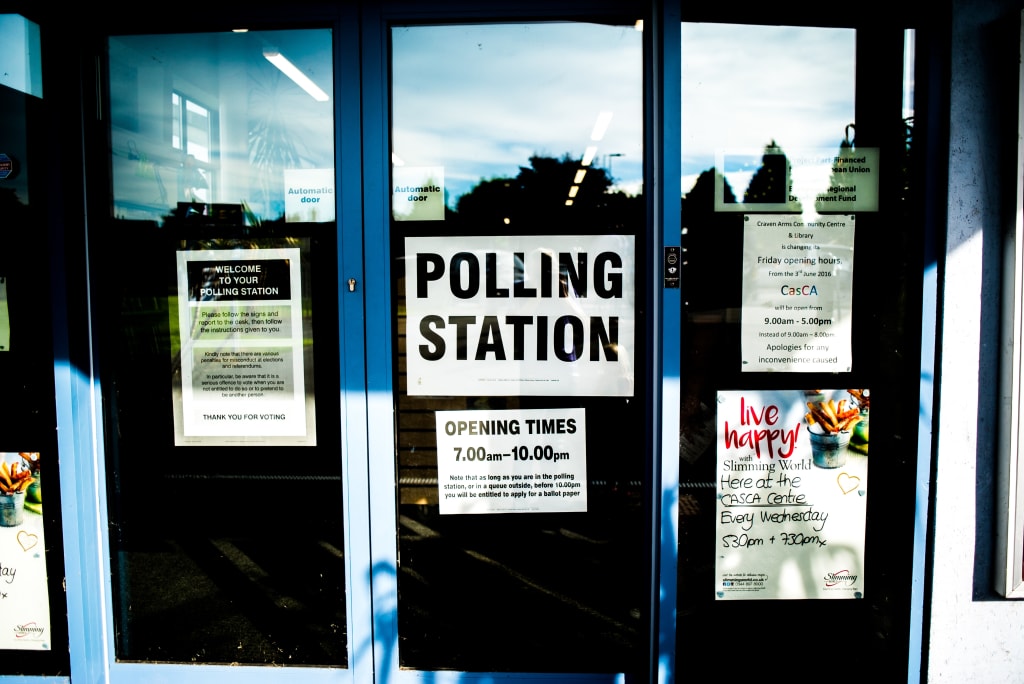Election Day
Why Young People Need to Vote

Although graduation had taken place five months prior, on October 19th, 2015, my friends and I made a pact to return to our old high school. It was the closest voting station to all of our houses and the first time we were eligible to vote in a federal election. We weren’t the only ones that had shown up that day. According to Elections Canada, 57.1% of the 18-24 demographic had voted in the 2015 Canadian Election, an 18.3% increase from 2011. It was the largest increase in any demographic since demographic reporting began in 2004 and considered a major influence in the so called “Red Wave” across the country.
However, now more than ever, the stakes are even higher as this election marks a significant turn in Canada. For the first time in history, individuals born between 1980 and 2000 will outnumber the baby boomer demographic in its number of eligible voters. But just because a record number of young people are eligible to vote does not mean that this will be reflected at the polls. Historically, voters in the 25-34 demographic and younger have the least percentage of voter turnout compared to their 55 years and over counterparts, whom have the most. Meaning that, despite having the highest number of voters in their demographics, if young people do not show up on October 21st, voters 55 years and over are still more likely to be reflected in the overall results.
So what would this mean for Canada? Research shows that younger demographics are more likely to lean towards left ideologies such as the Liberal, NDP, or Green parties, while older demographics tend to lean towards the Conservatives. As such, a recent poll shows that, should millennials stay at home on Election Day, conservatives will form the government rather than the left sides of the political spectrum. But with a record number of young people turning out to vote in 2015, and eligible to vote this year, how likely would this result actually be for this upcoming election? According to Abacus Data, much more likely than you’d think.
Their studies do not show the same motivation present in this year’s younger voters than those of the 2015 federal election, a finding which I can’t help but agree with. Having recently attended an election training seminar put on by my union, it was glaringly obvious that young people were missing from the picture. Of the 40+ people in attendance, only three represented the 18-24 demographic. If young people want to have a chance of significantly impacting the results like they pose, then Abacus made it clear the only way to achieve this goal is for them to utilize their newfound percentage and outnumber the baby boomer generation at the polls.
If that’s the case, then what can the average young voter do to increase their impact besides just casting a ballot? For beginners, start with educating oneself on how the election relates to your community. Who are the representatives running in the race and how do their beliefs/platforms match with their parties? What are the closest polling stations in your area and on what days are the advanced polls open and where are they located? You can also check if you are registered to vote or update your information online at Elections Canada’s website: https://ereg.elections.ca/CWelcome.aspx?lang=e. In addition, you can make plans to vote with friends. This ensures they also have a plan on election day and provides the extra motivation to go together. Lastly, share what you find on social media. Not only does this increase the accessibility to said information and help others become better informed, but it is shown that seeing people taking the commitment to vote encourages others in the community to do the same.
It is easy to feel like your vote doesn’t matter in a system where the most common thought process is choosing between the lesser of two evils. But in 2015, young people showed how every vote matters when it comes to having a say in how Canada moves forward to the future. Now with even greater numbers, we have the chance to yet again speak for the type of country we want to live in. It is now up to us to rise to the responsibility and on October 21st show the polls that this is only the beginning of Canada being shaped by the people of a newer generation.
About the Creator
Joshua Stanley
Writer, Creator, & Media Enthusiast






Comments
There are no comments for this story
Be the first to respond and start the conversation.